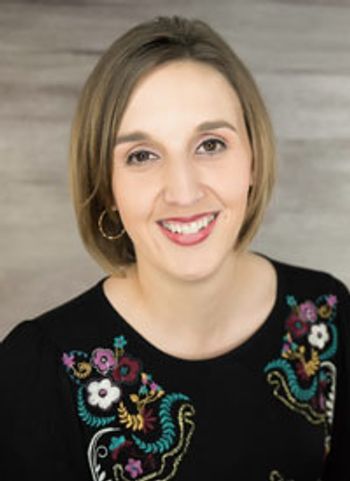
As the #CureConnect chat community grows, I hope to see some ah-ha moments for participants.

As the #CureConnect chat community grows, I hope to see some ah-ha moments for participants.

What if you could give a patient just a moment to relax and escape the reality of life? Oncology massage is just the way to do it.

A survivor recalls the impact oncology nurses can have on their patients.and the "extraordinary power" of love.

Survivor: one simple word surrounded by so much confusion but yet so much meaning.

Maybe in these most profound moments after a diagnosis of breast cancer, we are called to be still.

There is a growing buzzword in the medical industry, and it is oncology rehabilitation.

There are over 14 million cancer survivors in the United States, a number that is expected to grow exponentially due to an aging population and improved methods for early detection and treatment. In the Institute of Medicine (IOM) report “From Cancer Patient to Cancer Survivor: Lost in Transition” the importance of addressing the ongoing physical and psychosocial challenges of cancer survivors was emphasized to encourage the multidisciplinary approach to survivorship as a distinct phase of the cancer continuum. Oncology nurses have an essential role in ensuring that quality survivorship care begins at diagnosis and continues throughout the balance of our patients' lives.

Life has a lot of uncertainties, but what can you do to help the emotional state of mind?


Sometimes the most productive thing we can do is to stop.

It's a new year, new you... learn how you can help patients get on a healthy track this year.

Maybe I just had travelers on my mind, late in the day, the day before Thanksgiving, as I walked through the waiting room. Maybe that’s why the people there all looked to me like pilgrims.

This is the time of year to reflect on what you are grateful for, but have you tried to express it through art?

How are we actively listening to patients along the way so we know what matters most to them at each step of their cancer journey?

Caring for patients with cancer is an incredible privilege, however, it can also generate considerable stress.

There is a notable increase in the amount of discussion about cancer lately.

There is an instant bond that forms when cancer survivors are together, much like superglue.

What's next for Cancer Survivors after treatment?

As I patted myself on the back for having no trash to put out for the 2nd week in the row it occurred to me: healthcare needs more of this.

The first section of this blog provided statistics on suicide and warning signs,

Have you encountered patients who have voiced the wish to kill themselves?

Have you come across an article or book that impacted you strongly, or that you found helpful in understanding some aspect of the cancer experience?

The first section of this blog about sleep provided general information on sleep and described......

This will be the first of two blogs covering sleep, including general information on sleep, sleep disorders, and treatments and recommendations for troubled sleep.

The first section of this blog focused on the prevalence and conceptualization of Fear of Recurrence (FOR) among cancer patients.

Ready access to collaboration and project management tools is essential for oncology nurses today.

As the field of oncology advances, increasing numbers of cancer patients are living longer with the aftermath of cancer treatment

Yes, that dress. The one that blew up social media and has the world squinting over laptops, accusing friends, co-workers, and family members of color blindness as they ask: ‘so, what color is this dress?'

This portion will discuss the conceptualization of health in rural areas and barriers to accessing healthcare.

This blog will detour from writing specifically about cancer patients to highlight health care in rural areas.